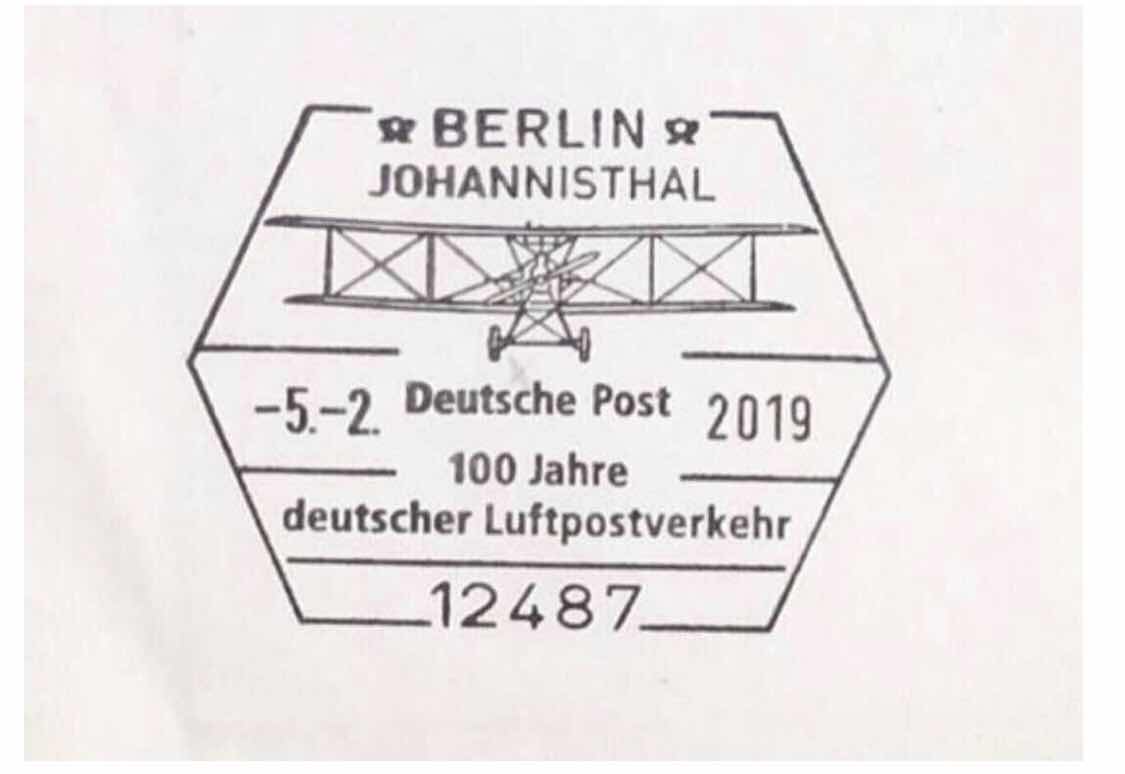
A cover from Germany 🇩🇪 with stamps and postmark depicting important events immediately after World War One.
With the end of the First World War and the start of the November Revolution, Chancellor Max of Baden announced the abdication of the German Emperor Wilhelm II on 9 November 1918. He also appointed Friedrich Ebert as his own successor as Chancellor.
In October 1918, the constitution of the German Empire was reformed to give more powers to the elected parliament. On 29 October, rebellion broke out in Kiel among sailors. There, sailors, soldiers, and workers began electing Workers' and Soldiers' Councils (Arbeiter und Soldatenräte) modeled after the Soviets of the Russian Revolution of 1917. The revolution spread throughout Germany, and participants seized military and civil powers in individual cities. The power takeover was achieved everywhere without loss of life.
The elections for the National Assembly on 19 January 1919 were the first elections in Germany after the introduction of women's suffrage.The legal voting age had been lowered from 25 to 20 years. Together, these changes raised the number of eligible voters by around 20 million. The turnout rate was 83%, a slightly lower percentage than in the last Reichstag elections in 1912, but a much greater absolute turnout due to the expanded suffrage. Among women the turnout was 90%.
 100th anniversary of Women Suffrage
100th anniversary of Women Suffrage Issue - January 2019
The Postmark :

The first regular national airmail connections under German administration were established at the end of World War I at the eastern front in Russia and the Baltic provinces. The history of German civil airmail started on February 5, 1919. Airplanes took off twice a day from Berlin-Johannisthal to transport postal consignments—initially newspapers but letters from the second day—from the Berlin to the location of the convention of the constituent Weimar National Assembly in Weimar. At first this airmail facility could only be utilised by delegates, who had moved to Thuringia's capital at that time, to avoid the revolutionary situation in Berlin. A few months later this airmail route was made available to the public.
In the following years, airmail connections quickly developed in Germany, as well as in the whole of western Europe and the USA.
No comments:
Post a Comment